Home>Renovation & DIY>Tools & Equipment>How To Get Paint Off Of Paint Brushes
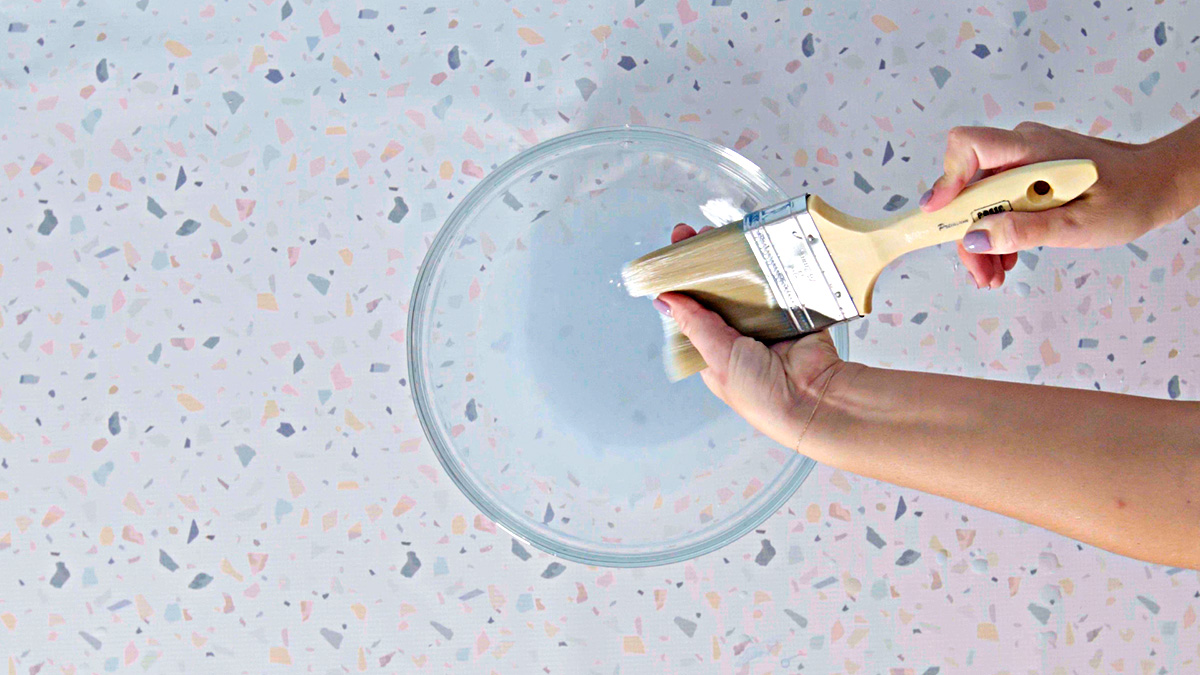

Tools & Equipment
How To Get Paint Off Of Paint Brushes
Modified: October 20, 2024
Learn how to effectively remove paint from paint brushes with the right tools and equipment. Keep your brushes clean and extend their lifespan.
(Many of the links in this article redirect to a specific reviewed product. Your purchase of these products through affiliate links helps to generate commission for Storables.com, at no extra cost. Learn more)
Introduction
A paintbrush is an essential tool for any DIY or professional painter. It allows you to apply paint with precision and control, creating beautiful and vibrant finishes on your walls, furniture, or artwork. However, over time, paint can build up on the bristles of your paintbrush, making it less effective and deteriorating its performance.
Getting paint off paint brushes may seem like a daunting task, but fear not! In this article, we will explore some common and effective methods to help you restore your paintbrushes to their pristine condition.
Before we dive into the various techniques, it’s important to note that the method you choose may depend on the type of paint you’re working with. Different paints have different properties and can require specific approaches for removal. Additionally, always take proper safety precautions when working with chemicals and follow any warnings or instructions provided by the manufacturers.
Now, let’s explore some of the most common ways to get paint off paint brushes and restore them to their original glory.
Key Takeaways:
- Restore paint brushes with household items like vinegar, dish soap, and fabric softener. Choose the method based on the type of paint for effective and eco-friendly cleaning.
- For stubborn paint, use specialized products like paint brush restorers or nail polish remover. Always prioritize safety and brush compatibility for optimal results.
Read more: How To Get Paint Off Countertops
Common Ways to Get Paint Off Paint Brushes
When it comes to removing paint from paint brushes, there are several tried-and-true methods that can help you get the job done effectively. Here are some of the most common ways:
- Vinegar and Hot Water: One simple and natural method involves mixing vinegar and hot water. Fill a container with equal parts vinegar and hot water, then soak the paintbrush in the solution for a few hours or overnight. The acidity of vinegar helps to break down the paint, making it easier to remove. After soaking, rinse the brush with warm water and gently comb the bristles using your fingers or a brush comb.
- Dish Soap and Warm Water: Another household solution is to use dish soap and warm water. Create a mixture of warm water and a few drops of dish soap in a container. Soak the paintbrush in the solution for about 30 minutes, then gently scrub the bristles with your fingers or a soft brush to remove any loosened paint. Rinse the brush thoroughly with warm water to ensure all the soap residue is removed.
- Paint Brush Restorer: If the paint on your brush is particularly stubborn, a specialized paint brush restorer can be a great option. These products are designed to dissolve dried paint and restore the bristles to their original state. Follow the manufacturer’s instructions for the specific product you choose, as application methods may vary. Often, you will need to soak the brush in the restorer for a period of time, then rinse and comb the bristles.
- Fabric Softener: Surprisingly, fabric softener can also be effective in removing paint from paint brushes. Mix equal parts fabric softener and warm water in a container and soak the brush for a few hours. The softener helps to break down the paint, making it easier to clean. After soaking, rinse the brush with warm water and gently comb the bristles to remove any remaining paint.
- Nail Polish Remover: Nail polish remover that contains acetone can be a powerful paint remover. Soak the brush in the nail polish remover for a few minutes, then gently scrub the bristles to loosen the paint. Rinse the brush with warm water and comb the bristles to remove any remaining residue. Note that this method is best suited for synthetic bristle brushes, as acetone can damage natural bristles.
- Rubbing Alcohol: Rubbing alcohol can be used to remove paint from brushes, especially when dealing with acrylic or latex paints. Soak the brush in rubbing alcohol for approximately 30 minutes, then rinse and comb the bristles. The alcohol helps to dissolve the paint, allowing for easier removal.
- White Spirit or Turpentine: For oil-based paints, white spirit or turpentine can be effective paint removers. Dip the brush into the white spirit or turpentine and swirl it around to loosen the paint. Use a rag or paper towel to wipe off the paint, then rinse the brush with warm soapy water and comb the bristles.
- Wire Brush or Comb: Sometimes, a little extra help is needed to remove stubborn paint from a brush. A wire brush or comb can be used to gently scrape away any remaining paint from the bristles. It’s important to be gentle to avoid damaging the brush. Afterward, rinse the brush with warm water and gently comb the bristles.
Each of these methods has its strengths and is suitable for different types of paint and degrees of paint buildup. It’s essential to choose the method that best fits your needs and the specific paintbrush you are cleaning.
Using Vinegar and Hot Water
Vinegar is a versatile household ingredient that can be used for various cleaning purposes, including removing paint from paint brushes. When combined with hot water, it becomes an effective solution for breaking down paint particles and restoring the bristles of your paintbrush. Here’s how to use vinegar and hot water to remove paint:
- Fill a container with equal parts vinegar and hot water. Ensure that the container is large enough to fully submerge the paintbrush.
- Place the paintbrush into the vinegar and hot water mixture, making sure that the bristles are completely immersed. If the paintbrush has a wooden handle, make sure to avoid soaking the handle in the solution as it may cause damage.
- Allow the paintbrush to soak in the mixture for a few hours or overnight. The acidity of vinegar helps to loosen the paint, making it easier to remove.
- After the soaking period, remove the paintbrush from the solution and rinse it with warm water to remove any loosened paint.
- Use your fingers or a brush comb to gently comb through the bristles, removing any remaining paint particles. Be careful not to apply too much force, as this could damage the bristles.
- Rinse the paintbrush thoroughly with warm water to ensure that all the vinegar solution and paint residue are removed.
- After rinsing, gently squeeze excess water from the bristles and reshape them into their original form.
- Finally, lay the paintbrush flat or hang it upside down to dry completely before storing it for future use.
It’s important to note that vinegar can have a strong smell, so it’s recommended to perform this process in a well-ventilated area or wear a mask if needed. Additionally, while vinegar is generally safe to use on most brush types, it may not be suitable for all brushes, particularly those with natural bristles. It’s always a good idea to refer to your brush manufacturer’s guidelines or test the vinegar solution on a small inconspicuous area of the brush before fully immersing it.
Using vinegar and hot water is an affordable and eco-friendly method for removing paint from your paint brushes. By following these steps, you can effectively dissolve the paint and restore your brushes to their original condition, ready for your next painting project.
Using Dish Soap and Warm Water
Dish soap and warm water are a common and readily available combination that can be used to remove paint from paint brushes. This method is particularly effective for water-based paints, such as acrylics or latex. Here’s how to use dish soap and warm water to clean your paint brushes:
- Fill a container or sink with warm water. Make sure the water is not too hot, as this could damage the bristles of the brush.
- Add a few drops of dish soap to the warm water and mix well to create a soapy solution.
- Place the paintbrush into the container, ensuring that the bristles are fully submerged in the soapy water.
- Allow the paintbrush to soak in the solution for about 30 minutes. This will help to loosen the paint from the bristles.
- After the soaking period, gently scrub the bristles with your fingers or a soft brush to remove any loosened paint. Start from the base of the bristles and work your way towards the tip.
- Rinse the paintbrush under warm running water to remove any remaining soap and paint residue.
- Continue to gently comb through the bristles with your fingers or a brush comb to ensure all paint particles are removed.
- Squeeze out any excess water from the bristles and reshape them back into their original form.
- Lay the paintbrush flat or hang it upside down to dry completely before storing it for future use.
Using dish soap and warm water is a simple and effective method that is gentle on the bristles of your paintbrush. The dish soap helps to break down the paint particles, while the warm water helps to soften and remove the paint from the bristles. This method is suitable for both synthetic and natural bristle brushes.
Remember, it’s important to rinse the brush thoroughly to ensure all the soap residue and paint particles are removed. Leaving any soap residue on the bristles could affect the performance of the brush in future use.
By using dish soap and warm water, you can easily clean your paint brushes and maintain their effectiveness and longevity. This method is a cost-effective and convenient way to remove paint, especially for water-based paints.
Using Paint Brush Restorer
If you have stubborn, dried-on paint on your brushes, using a paint brush restorer can be a highly effective solution. Paint brush restorers are specifically designed to break down dried paint and restore the bristles of your paintbrush. Follow these steps to effectively use a paint brush restorer:
- Read and follow the instructions provided on the paint brush restorer product you have selected. Different brands may have different application methods and recommended soaking times.
- Ensure that you are working in a well-ventilated area, as paint brush restorers often contain strong solvents that may emit fumes.
- Pour the recommended amount of paint brush restorer into a container or jar.
- Submerge the paintbrush fully into the restorer solution, making sure that the bristles are completely covered.
- Leave the brush in the restorer for the specified amount of time. This can range from a few minutes to several hours, depending on the level of paint buildup.
- Periodically check the brush to see if the paint is starting to dissolve or loosen. You may gently agitate the brush by gently moving it back and forth in the solution.
- Once the paint starts to loosen, remove the paintbrush from the restorer and rinse it under warm water to remove any dissolved paint and restorer residue.
- Use a brush comb or your fingers to gently comb through the bristles, removing any remaining paint particles.
- Rinse the brush thoroughly under warm water until the water runs clear and all traces of paint and restorer are removed.
- After rinsing, gently squeeze out any excess water from the bristles and reshape them into their original form.
- Lay the paintbrush flat or hang it upside down to dry completely before storing it for future use.
It’s important to note that paint brush restorers often contain strong solvents, so it’s essential to follow safety guidelines and use them according to the manufacturer’s instructions. Avoid prolonged skin contact and always work in a well-ventilated area.
Additionally, some paint brush restorers may not be suitable for certain brush types, such as those with natural bristles. Therefore, it’s important to check the product’s instructions and warnings to ensure compatibility with your specific brush.
Using a paint brush restorer can be a convenient and efficient way to remove dried paint from your brushes. It can save you time and effort, enabling you to revive your brushes and restore them to their original condition.
Read more: How To Get Paint Off Of Mirrors
Using Fabric Softener
Fabric softener is a surprising yet effective method for removing paint from paint brushes. The ingredients in fabric softener help to break down the paint particles, making them easier to remove. Here’s how you can use fabric softener to clean your paint brushes:
- Prepare a mixture of equal parts fabric softener and warm water in a container or sink. Ensure that the container is large enough to fully submerge the paintbrush.
- Place the paintbrush into the fabric softener and water solution, making sure that the bristles are completely submerged. If the paintbrush has a wooden handle, avoid soaking the handle in the solution as it may cause damage.
- Allow the paintbrush to soak in the solution for a few hours. During this time, the fabric softener will work to break down the paint.
- After the soaking period, remove the paintbrush from the solution. Rinse it under warm water to remove any excess fabric softener and loosened paint.
- Using your fingers or a brush comb, gently comb through the bristles to remove any remaining paint particles. Be careful not to apply excessive force, as this could damage the brush.
- Rinse the paintbrush once again under warm water to ensure that all the fabric softener and paint residue are completely removed.
- Squeeze out any excess water from the bristles and reshape them into their original form.
- Lay the paintbrush flat or hang it upside down to dry completely before storing it for future use.
It’s important to note that fabric softener is generally safe to use on most brush types, including both synthetic and natural bristles. However, as with any method, it’s a good idea to test the fabric softener solution on a small, inconspicuous area of the brush before fully immersing it to ensure compatibility.
Using fabric softener is an affordable and accessible method for removing paint from your paint brushes. The combination of fabric softener and warm water helps to soften the paint and makes it easier to clean. By following these steps, you can effectively remove paint and restore your brushes to their original condition.
To remove paint from paint brushes, soak them in a mixture of warm water and mild dish soap for a few hours. Then, use a brush comb or wire brush to gently remove the paint. Rinse thoroughly and reshape the bristles before allowing them to air dry.
Using Nail Polish Remover
If you are dealing with stubborn paint on your brushes, nail polish remover can be a powerful solution. Nail polish remover contains acetone, which effectively dissolves paint for easy removal. Here’s how to use nail polish remover to clean your paint brushes:
- Ensure that you are working in a well-ventilated area, as nail polish remover can emit strong fumes.
- Check the label of your nail polish remover to ensure that it contains acetone. Acetone-based removers are most effective for removing paint.
- Place a small amount of nail polish remover in a container or jar. Make sure the container is large enough to fully submerge the bristles of the paintbrush.
- Submerge the bristles of the paintbrush into the nail polish remover, but be careful to avoid soaking the handle, as it may cause damage.
- Allow the brush to soak in the nail polish remover for a few minutes. Check periodically to see if the paint is starting to dissolve.
- Once the paint starts to loosen, gently scrub the bristles using your fingers or a soft brush to remove the dissolved paint. Be cautious not to apply too much pressure, as this could damage the bristles.
- Rinse the paintbrush under warm water to remove any remaining nail polish remover and paint residue.
- Use your fingers or a brush comb to gently comb through the bristles, removing any lingering paint particles.
- Thoroughly rinse the brush under warm water until the water runs clear.
- Squeeze out any excess water from the bristles and reshape them back to their original form.
- Lay the paintbrush flat or hang it upside down to dry completely before storing it for future use.
It’s important to note that nail polish remover containing acetone is best suited for synthetic bristle brushes, as acetone can damage natural bristles. Additionally, due to the strong fumes, it’s advisable to wear gloves and work in a well-ventilated area when using nail polish remover.
Using nail polish remover is an effective method for removing stubborn paint from your brushes. The acetone in the nail polish remover dissolves the paint, allowing for easier cleaning. By following these steps, you can restore your paint brushes to their original condition and ready them for future projects.
Using Rubbing Alcohol
If you are working with acrylic or latex paints, rubbing alcohol can be a handy solution to remove paint from your brushes. Rubbing alcohol helps to break down the paint particles, making cleaning easier. Here’s how you can use rubbing alcohol to clean your paint brushes:
- Prepare a container or jar and pour enough rubbing alcohol to submerge the paintbrush bristles.
- Place the paintbrush into the container, ensuring that only the bristles are submerged, while being cautious not to soak the handle or ferrule.
- Let the paintbrush soak in the rubbing alcohol for approximately 30 minutes. The alcohol will gradually dissolve and loosen the paint from the bristles.
- After the soaking period, remove the brush from the rubbing alcohol and rinse it under warm water to wash away the paint residue and alcohol.
- Gently comb through the bristles using your fingers or brush comb to remove any remaining paint particles loosened by the rubbing alcohol.
- Rinse the brush once again under warm water until the water runs clear and all traces of paint and alcohol are fully removed.
- Squeeze out any excess water from the bristles and reshape them into their original form.
- Lay the paintbrush flat or hang it upside down to dry completely before storing it for future use.
It’s important to note that rubbing alcohol is most effective for acrylic or latex paints and may not be as effective on oil-based paints. Additionally, rubbing alcohol is generally safe to use on most brush types, both with synthetic and natural bristles. However, it’s always a good idea to check the manufacturer’s instructions or test the rubbing alcohol on a small area of the brush before fully immersing it to ensure compatibility.
Using rubbing alcohol is a simple and effective method to remove paint from your brushes. The alcohol dissolves the paint, making it easier to clean and restore your brushes to their optimal condition. By following these steps, you can ensure that your brushes are ready for your next painting project.
Using White Spirit or Turpentine
White spirit and turpentine are solvents commonly used to clean oil-based paint from brushes. These solvents effectively dissolve and remove paint particles, making them ideal for restoring oil-based paintbrushes. Here’s how to use white spirit or turpentine to clean your paint brushes:
- Ensure that you are working in a well-ventilated area, as white spirit and turpentine can emit strong fumes.
- Place a small amount of white spirit or turpentine in a container or jar. Make sure the container is wide enough to hold the paintbrush bristles without folding or bending them.
- Submerge the brush bristles into the white spirit or turpentine, but avoid soaking the handle or ferrule, as it may cause damage.
- Swirl the brush around gently in the solvent, allowing the white spirit or turpentine to penetrate and dissolve the paint. You may also use a gentle tapping motion on the bottom of the container to help dislodge the paint from the bristles.
- Remove the brush from the solvent and wipe away the dissolved paint with a rag or paper towel. Be careful not to spread the paint onto surrounding surfaces.
- Rinse the brush under warm soapy water, using a mild dish soap, to remove any remaining solvent and paint residue. Gently comb through the bristles with your fingers or a brush comb to ensure all paint particles are removed.
- Rinse the paintbrush once again under warm water until the water runs clear.
- Squeeze out any excess water from the bristles and reshape them into their original form.
- Lay the paintbrush flat or hang it upside down to dry completely before storing it for future use.
It’s important to note that white spirit or turpentine are best suited for oil-based paints and may not be as effective on water-based or acrylic paints. They can also have a strong odor, so be sure to work in a well-ventilated area and avoid inhaling the fumes.
Using white spirit or turpentine is a powerful method for removing oil-based paints from your brushes. They effectively dissolve the paint, allowing you to clean and restore your brushes to their optimal condition. By following these steps, you can ensure that your brushes are ready for your next oil-based painting project.
Read more: How To Get Paint Off The Ceiling
Using a Wire Brush or Comb
When dealing with stubborn and dried paint on your brushes, a wire brush or comb can be a helpful tool for loosening and removing the paint particles. Here’s how you can use a wire brush or comb to clean your paint brushes:
- Begin by wetting the bristles of the paintbrush under warm running water to soften the paint.
- Hold the brush firmly near the ferrule, and using a wire brush or comb, gently scrape the bristles from the ferrule towards the tip. This motion helps to loosen and remove the dried paint.
- Continue scraping the bristles until all visible paint particles have been removed. Be cautious not to apply excessive force, as this could damage the bristles.
- Rinse the brush under warm water to wash away the loosened paint and residue.
- Gently comb through the bristles with your fingers or a brush comb to remove any remaining paint particles and ensure thorough cleaning.
- Rinse the brush once again under warm water to ensure all traces of paint and residue are removed.
- Squeeze out any excess water from the bristles and reshape them into their original form.
- Lay the paintbrush flat or hang it upside down to dry completely before storing it for future use.
Using a wire brush or comb allows you to physically remove stubborn paint from your brushes. The scraping motion helps to break up and loosen the dried paint, making it easier to clean. However, it’s important to be gentle during this process to avoid damaging the bristles.
After using a wire brush or comb, make sure to thoroughly rinse the brush to remove any loosened paint particles. This ensures that your brushes are clean and ready for your next painting project.
Remember to handle wire brushes or combs with care, as their bristles can be sharp. Protect your hands and use gentle motions to avoid any injuries during the cleaning process.
Using a wire brush or comb is an effective method for tackling stubborn paint buildup on your paint brushes. By following these steps, you can ensure that your brushes are thoroughly cleaned and free of dried paint, ready for your next artistic endeavor.
Conclusion
Cleaning paint brushes is an essential task for any painter, whether you’re a DIY enthusiast or a professional artist. Proper maintenance and regular cleaning of your brushes not only extends their lifespan but also ensures optimal performance for future projects. By utilizing various methods and techniques, you can effectively remove paint from your brushes and restore them to their original condition.
In this article, we explored several common and effective ways to get paint off paint brushes. From using vinegar and hot water to dish soap and warm water, paint brush restorers, fabric softener, nail polish remover, rubbing alcohol, white spirit or turpentine, and even wire brushes or combs, each method offers its own benefits and is suited for different types of paint and degrees of paint buildup.
Regardless of the method you choose, the key is to be gentle and patient throughout the cleaning process. Take the time to soak, rinse, and comb through the bristles, ensuring that all paint particles are removed. Proper care and cleaning of your brushes will not only maintain their effectiveness but also preserve their shape and integrity.
Remember to always take necessary safety precautions when using chemicals or solvents, such as working in a well-ventilated area and wearing protective gloves if needed. Additionally, be mindful of the bristle type of your brush and choose a cleaning method that is compatible and won’t cause damage.
By following the techniques outlined in this article and finding the method that works best for your specific paintbrushes and paint types, you can ensure that your brushes remain in great condition and ready for your next painting project.
So don’t let dried-on paint hinder your creativity. With the right knowledge and tools, you can easily revive your paint brushes and continue to create beautiful and vibrant works of art.
Frequently Asked Questions about How To Get Paint Off Of Paint Brushes
Was this page helpful?
At Storables.com, we guarantee accurate and reliable information. Our content, validated by Expert Board Contributors, is crafted following stringent Editorial Policies. We're committed to providing you with well-researched, expert-backed insights for all your informational needs.
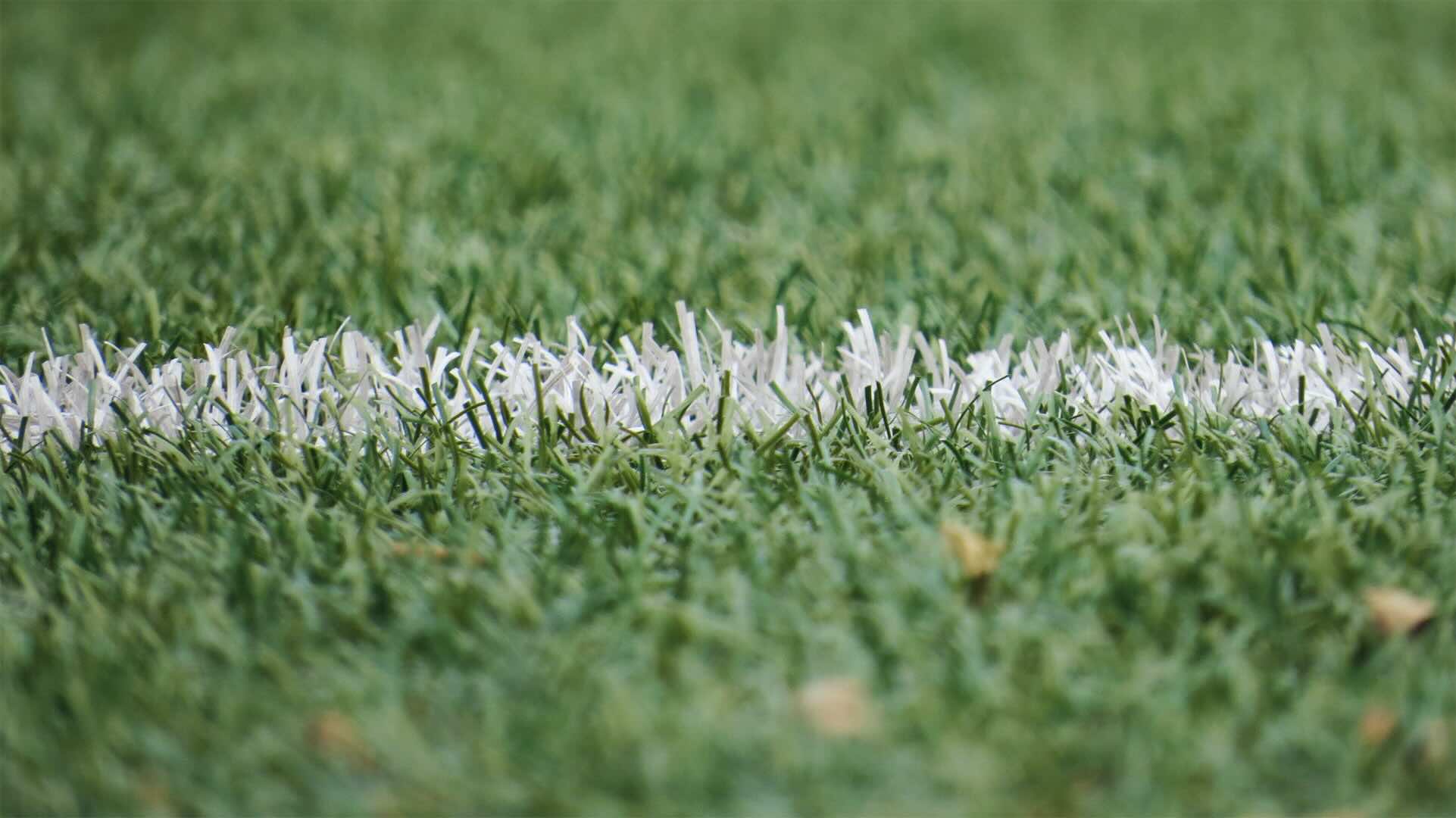
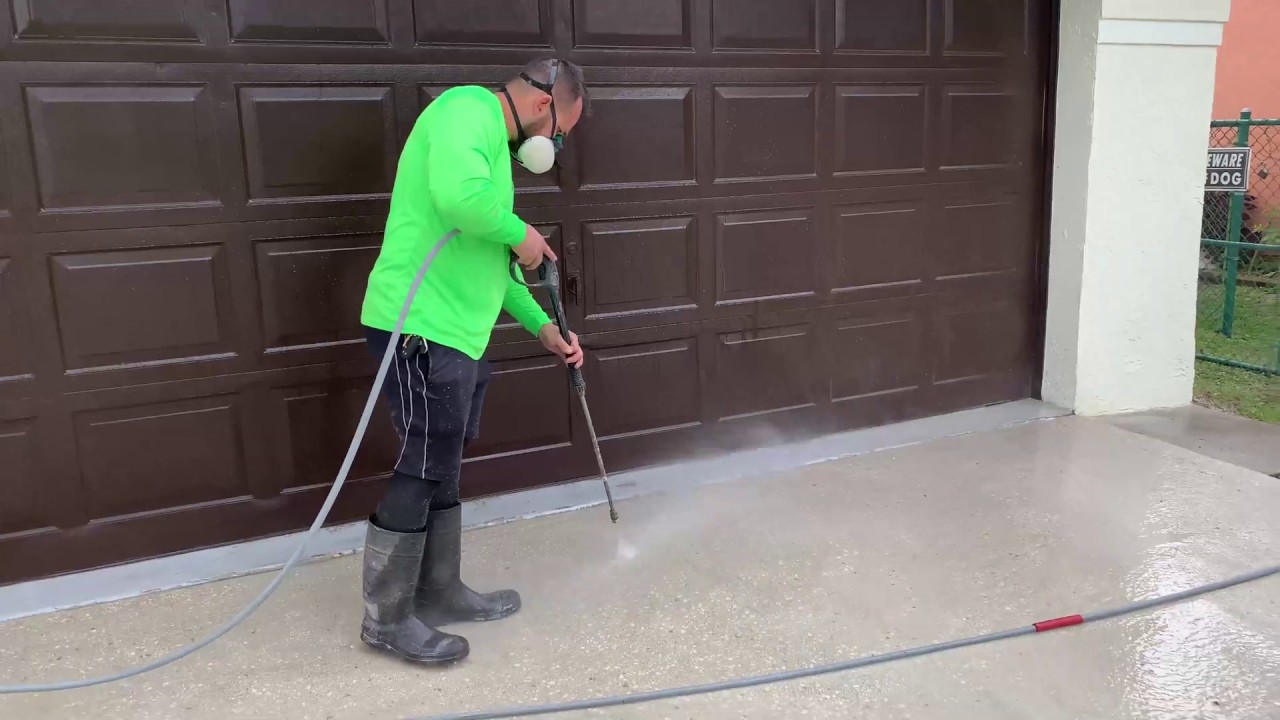
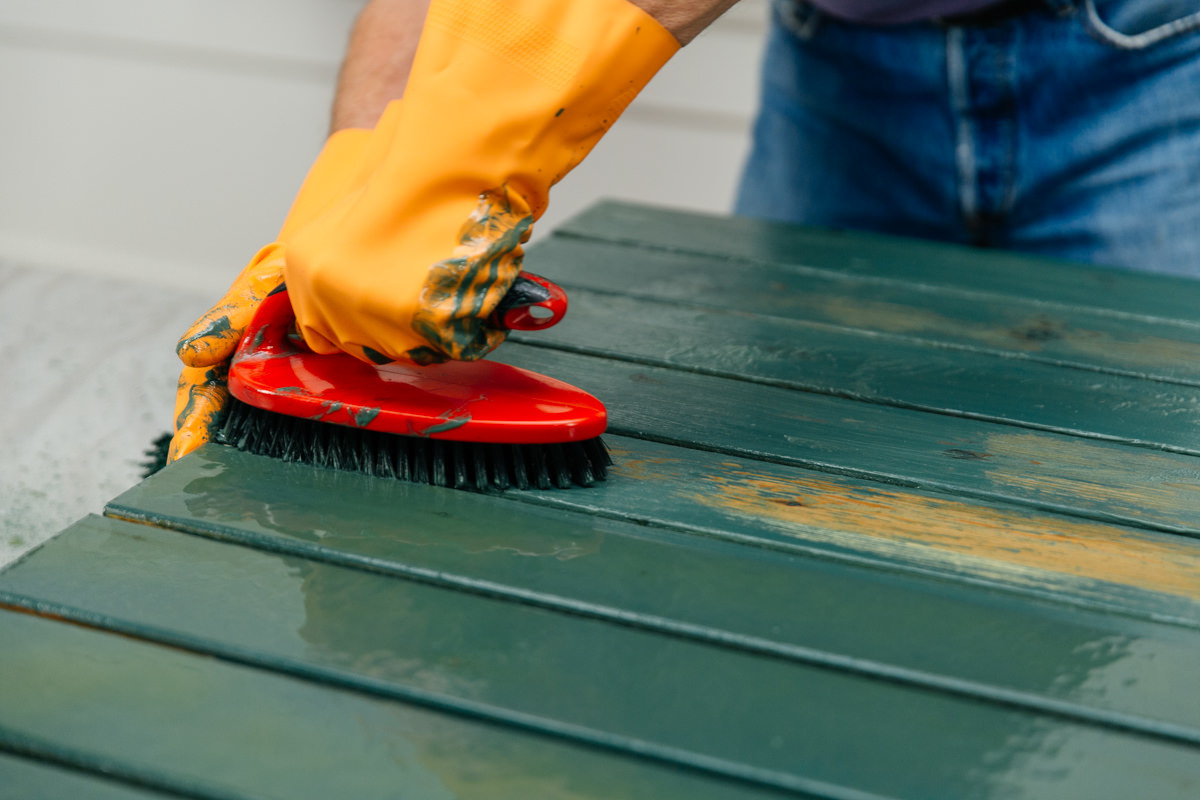
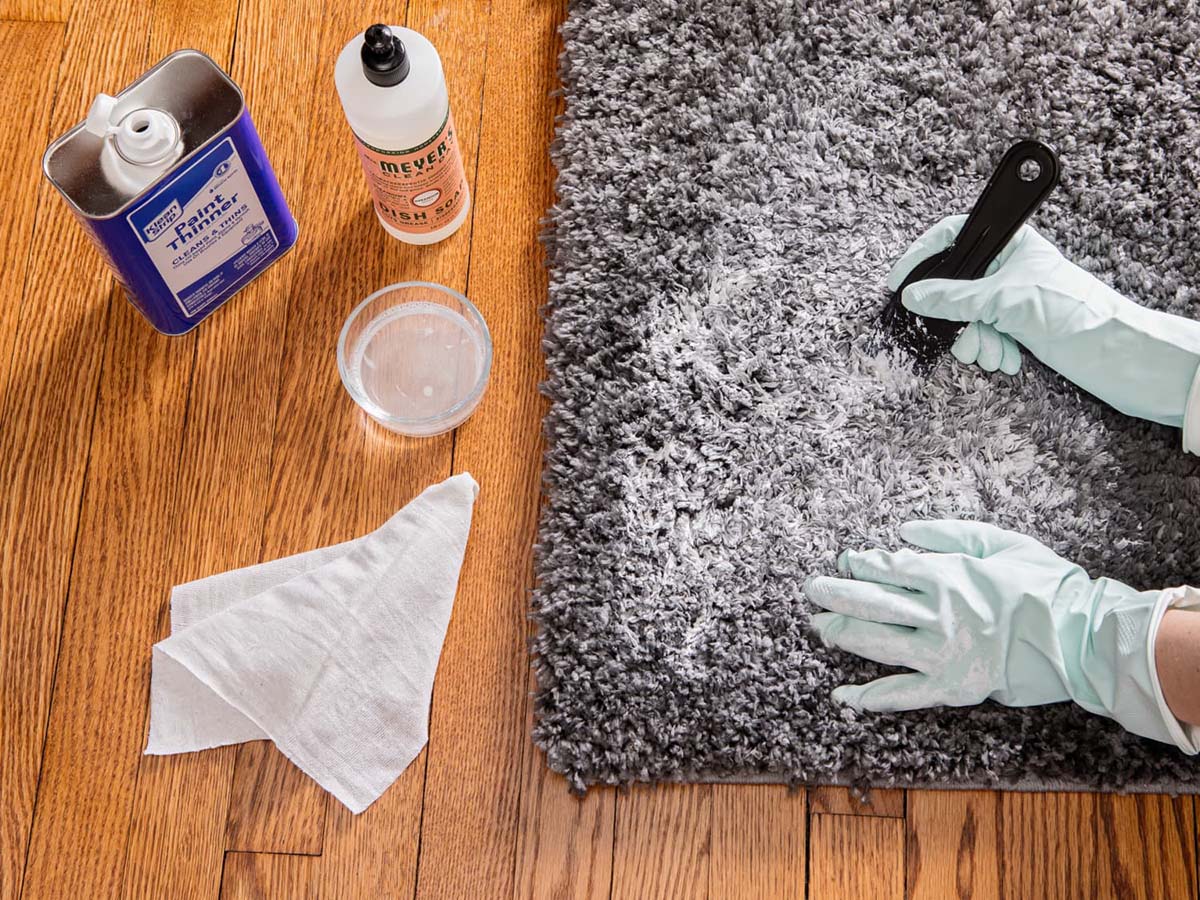
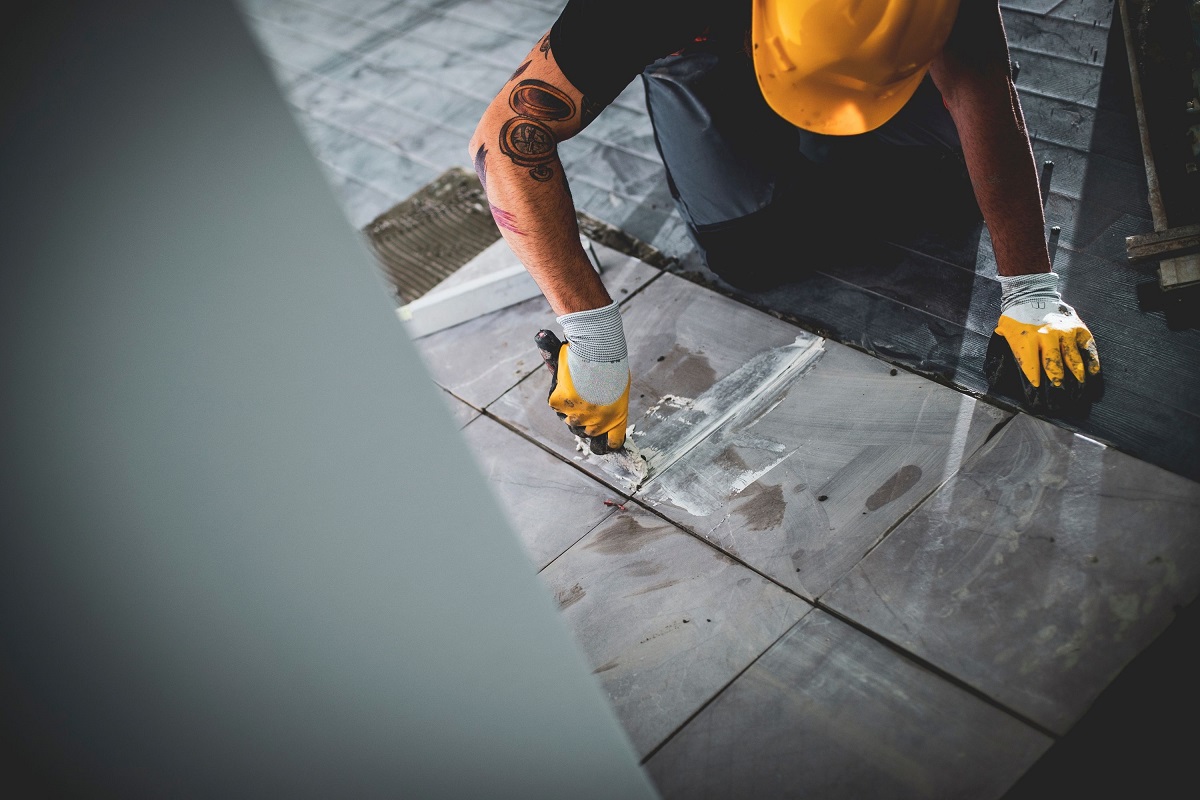
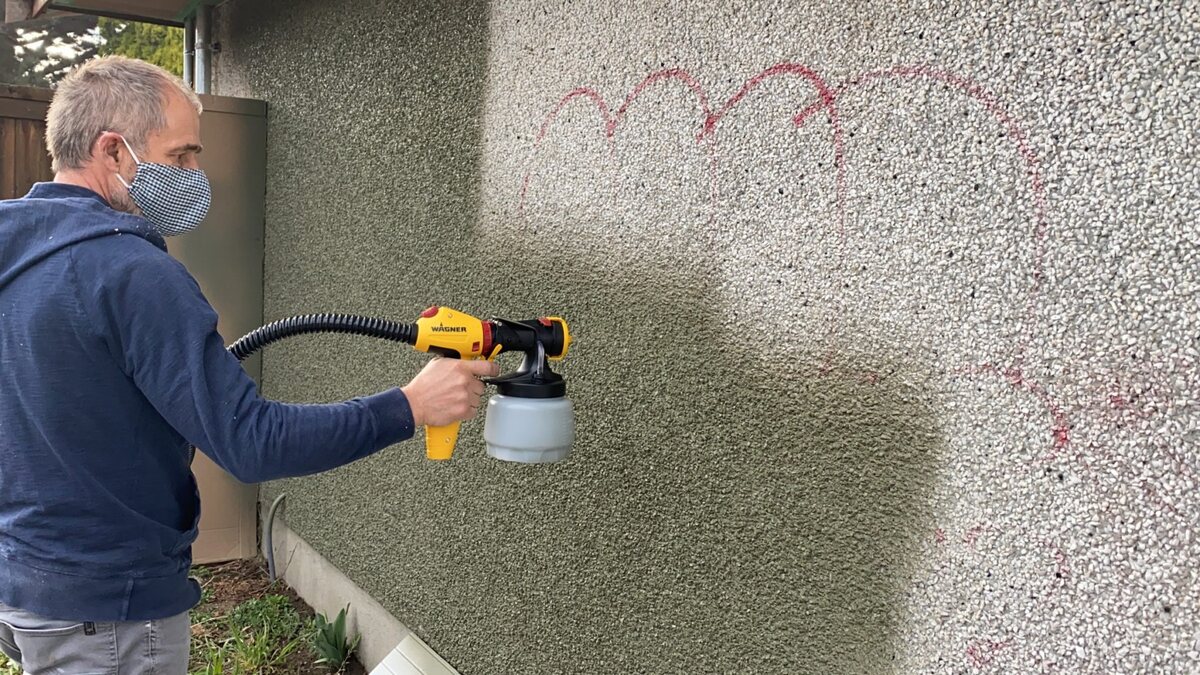
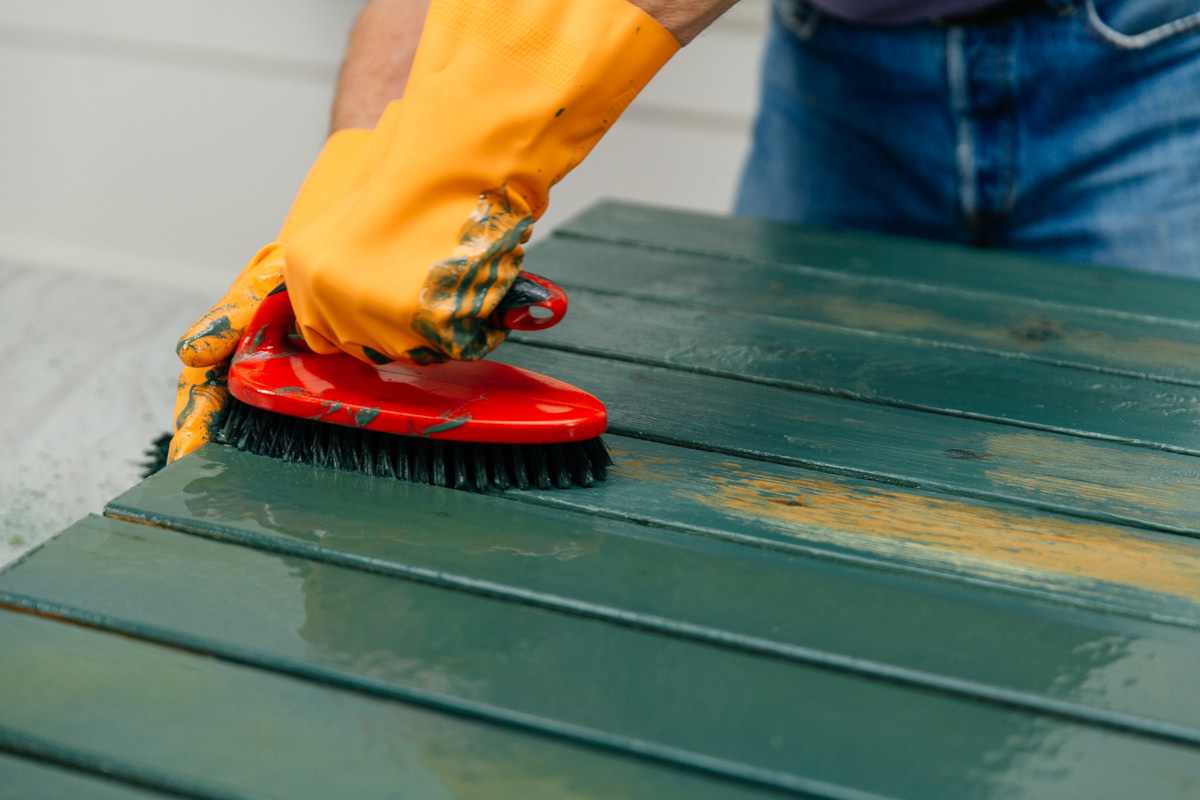
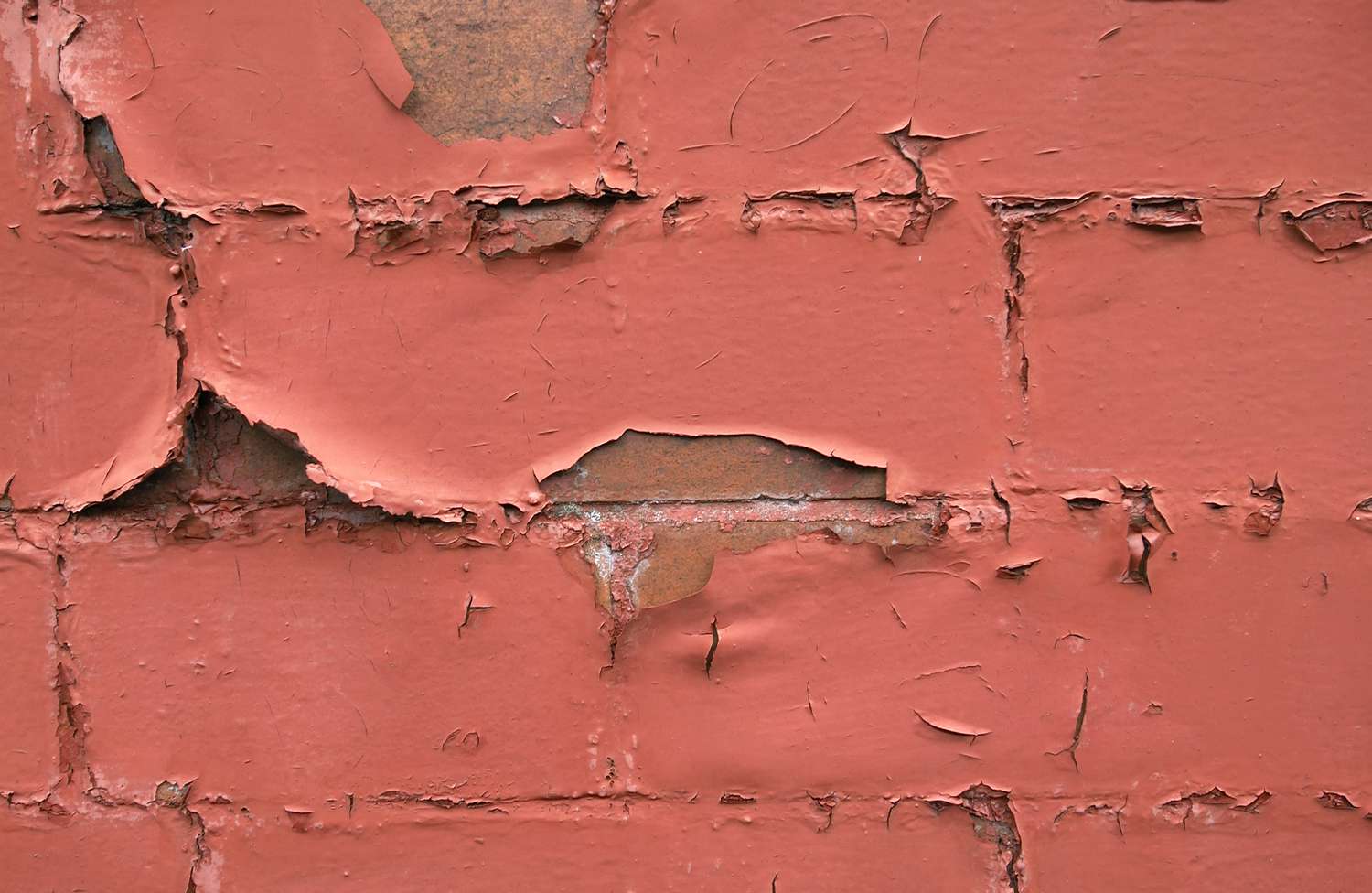

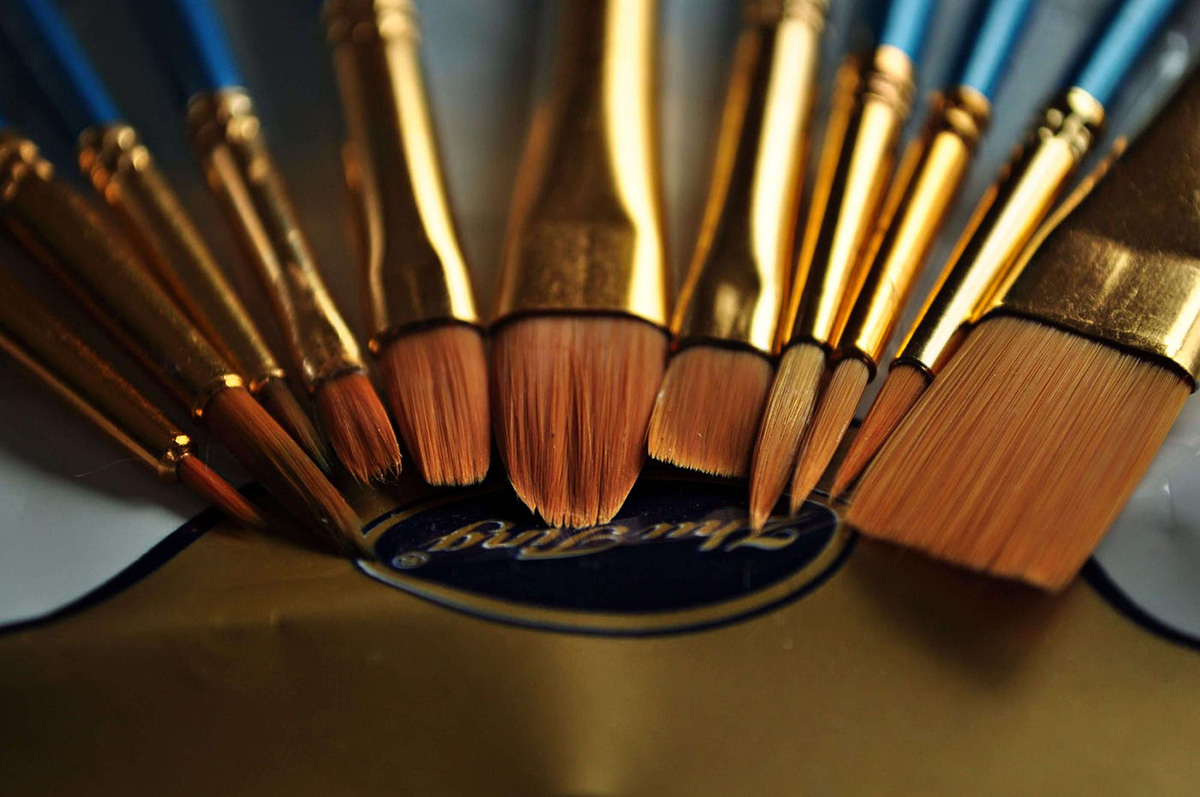
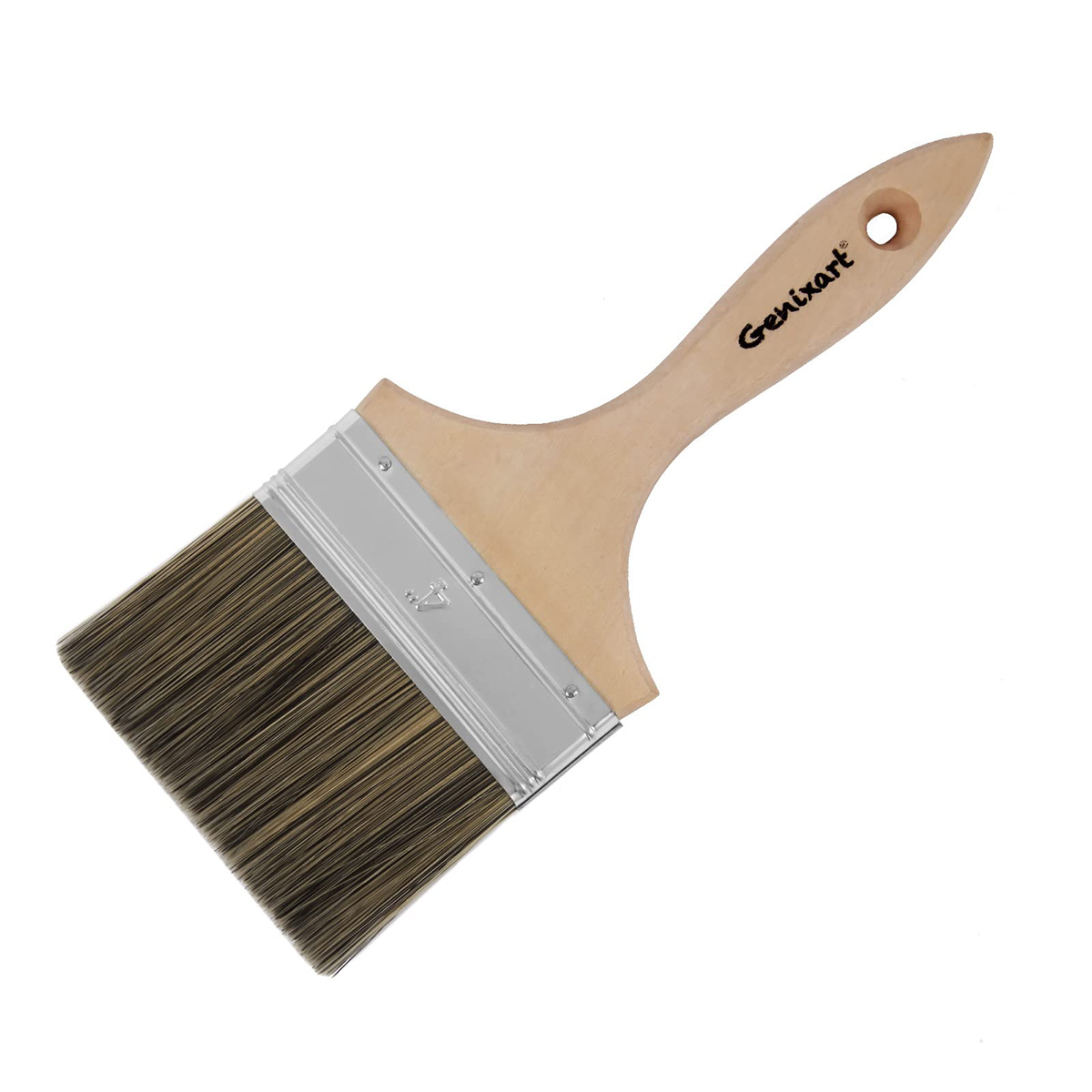
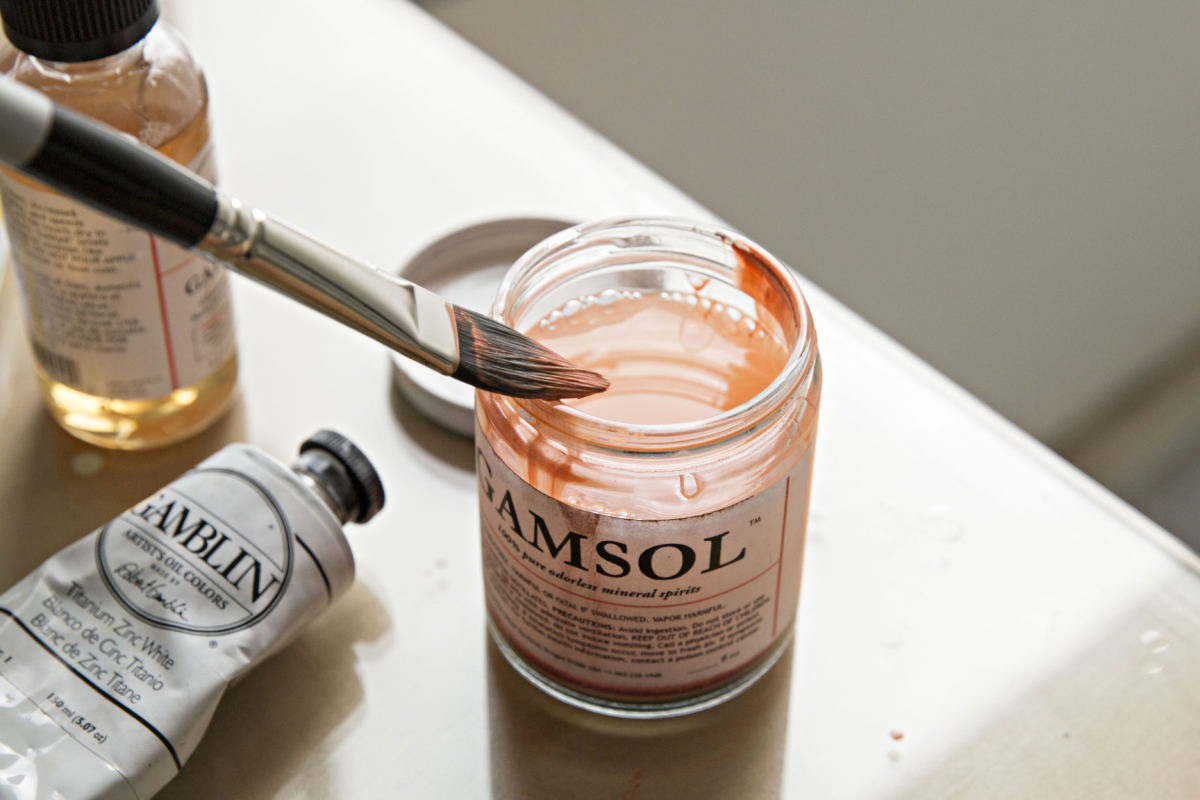
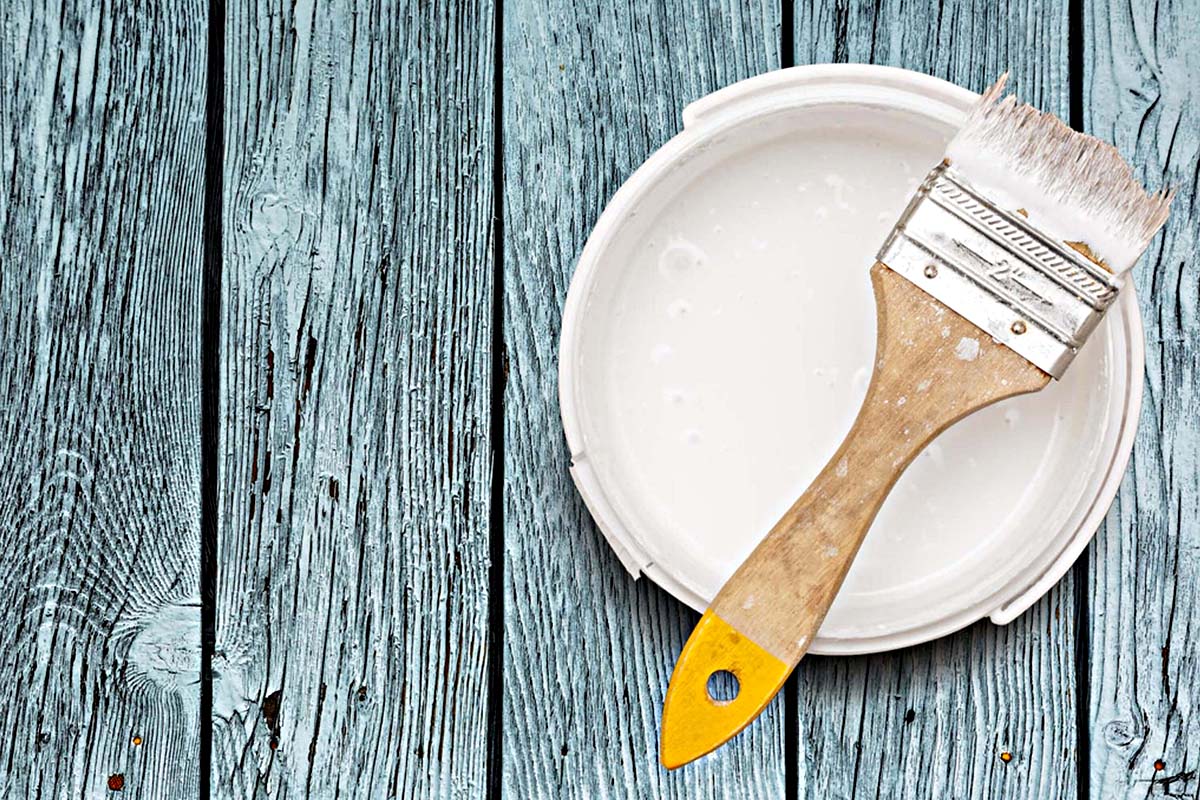

0 thoughts on “How To Get Paint Off Of Paint Brushes”